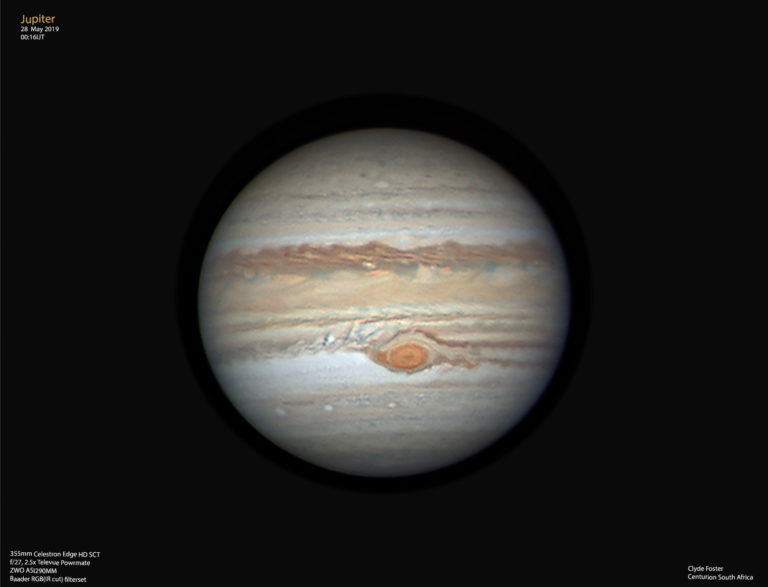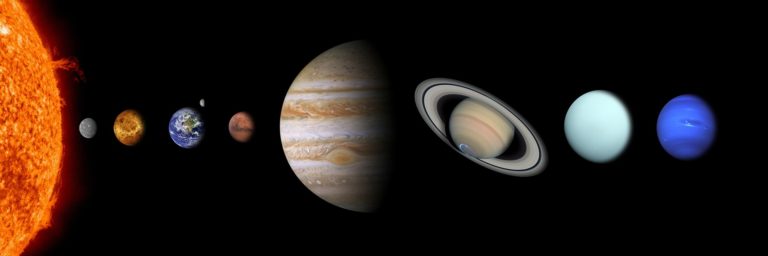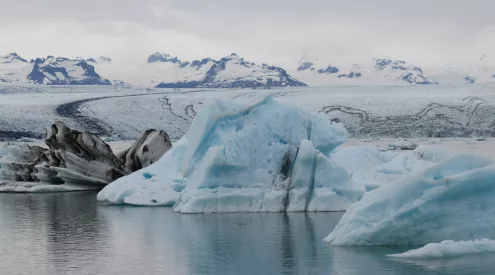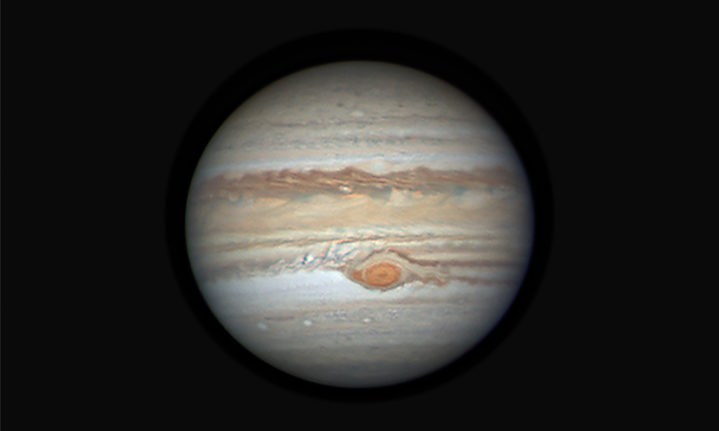From tonight, Jupiter will be visible to us earth-dwellers thanks to a certain cosmic phenomenon. Jupiter will be at opposition with the earth and the sun, which is to say it will be in line with these two other celestial bodies from the night of Monday 10 June.
This phenomenon occurs every 13 months, with the result that Jupiter is more easily spotted in the skies at night because the sun is able to shine directly onto it and reflect back onto earth, which is sandwiched between the two bodies. This positioning ensures the largest and brightest viewing opportunity for us to see this gas giant, according to Director of the Shallow Sky Section at the Astronomical Society of Southern Africa (ASSA) Clyde Foster. Jupiter is closest to earth at this point in both orbits around the Sun.

Image taken by Clyde Foster, 28 May 2019
‘[This] also means that Jupiter rises in the east at the same time as the sun sets in the west, so it is visible throughout the night,’ says Foster. ‘It is easily seen during the evening as the brightest ‘star’ in the eastern sky. It is very low just after sunset, but rises higher as the evening progresses.’
The planet will be visible in the evening sky for a few months, meaning that if you miss it tonight or this week, you’ll still have time to glimpse the largest planet in our solar system.
‘Because it is so bright, it is not necessary to go to a dark sky site,’ Foster explains. ‘It can easily be observed from the city under these conditions. With Jupiter well placed in the southern sky (almost directly overhead at midnight) this is an ideal opportunity to catch a glimpse of the giant, majestic planet.’
To observe the four Galilean moons of Jupiter, the largest of the planet’s 79 moons (Io, Europa, Ganymede and Callisto) you will need a small telescope or else most binoculars should suffice. The same applies for glimpsing some of Jupiter’s features such as gas belts and its iconic Great Red Spot, which Foster explains is a ‘huge, long-lived anti-cyclonic storm system that is larger than the Earth’. From a chemical engineering background originally, Foster is now involved more closely with the monitoring of the rust-coloured Great Red Spot, which is suspected to be shrinking.
You may try to get a few snaps of the giant planet, but ones as clear as Clyde Foster’s (taken on 28 May) require a larger, stronger telescope and advanced imaging techniques.

Earth, third from the Sun pales in comparison to Jupiter, fifth from the Sun. Image: Pixabay.
More info on Clyde Foster:
Clyde is a retired chemical engineer who’s had a lifelong interest in astronomy. Having had various telescopes over the years, five years ago he invested in a Celestron 14” Edge HD SCT telescope which was installed in his backyard observatory in Centurion, Gauteng. He rapidly developed a passionate interest in high-resolution planetary imaging, concentrating on the planets Mars, Jupiter and Saturn. He submits his images to various international planetary forums and databases, and is now well recognised in this field. He has developed an extensive international network, interacting regularly with other international planetary imagers and specialists as well as professional planetary scientists, and has been invited to three international conferences to present his work. His abstract on the recent activity around the GRS has been accepted for presentation at the European Planetary Science congress (EPSC 2019) in Geneva later in September. He continues to interact closely with members of the NASA Juno mission team, which is still active at Jupiter.
For information, feel free to drop Clyde a line at [email protected].


















